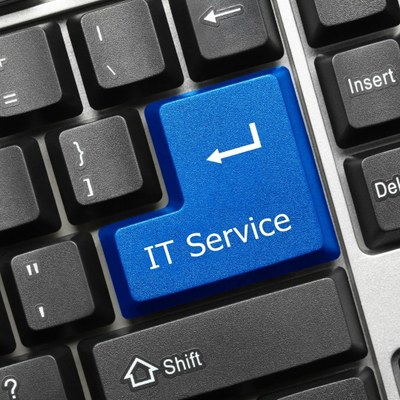Сybersecurity becomes an integral part of managed IT services
 Managed service providers have a unique position in the market. Providers have to be IT experts in a variety of areas, from hardware to customer support. Their business is built on upholding their clients’ business continuity. Unfortunately, various factors can violate this continuity, and sometimes they cannot be controlled from the MSP side.
Managed service providers have a unique position in the market. Providers have to be IT experts in a variety of areas, from hardware to customer support. Their business is built on upholding their clients’ business continuity. Unfortunately, various factors can violate this continuity, and sometimes they cannot be controlled from the MSP side.
As usual, we are talking about cyberthreats. You may protect your infrastructure effectively, but if your clients do not take adequate measures, your efforts may be in vain. That is why providing security services in addition to the other services you offer to your customers is vital for business.
Not only will managed security preserve the assets of your clients, but it also will give you a guarantee that clients will benefit from the other services you provide. That is why most of the companies that provide managed services are already working in the cybersecurity field — to be more precise, 92% of them, according to the “MSP: Trends, challenges and the keys to success in managed security in 2017” survey.
Kaspersky Lab and Business Advantage carried out this survey of 569 MSPs and VARs with managed services offerings from 10 countries to investigate how MSPs define success, and what challenges they face in managed services and managed security in particular. Our main task was to provide insight into the technology and business trends that MSPs will try to leverage to stay on top of the market in 2017. Here is what we found.
Main findings
The expansion of security services could be a major contributing factor in the growth of the MSP market.
Companies feel the need to improve major weaknesses in their defenses (for example, lack of internal specialists, employee unawareness). This creates opportunities for service providers to incorporate cybersecurity in their portfolios and fill those gaps.
MSPs are starting to realize that cybersecurity is becoming an integral part of IT services because of the growing complexity of customer infrastructure, increasing regulatory pressure, and massive cloud adoption.
To meet their clients’ expectations, MSPs should maintain, among other things, a high level of automation, flexibility in terms of changing requirements, regular reporting, quick and always-available support, and the ability to protect the entire infrastructure.
Adaptado de: https://www.kaspersky.com/blog/msp-trends-and-challenges/17718/
